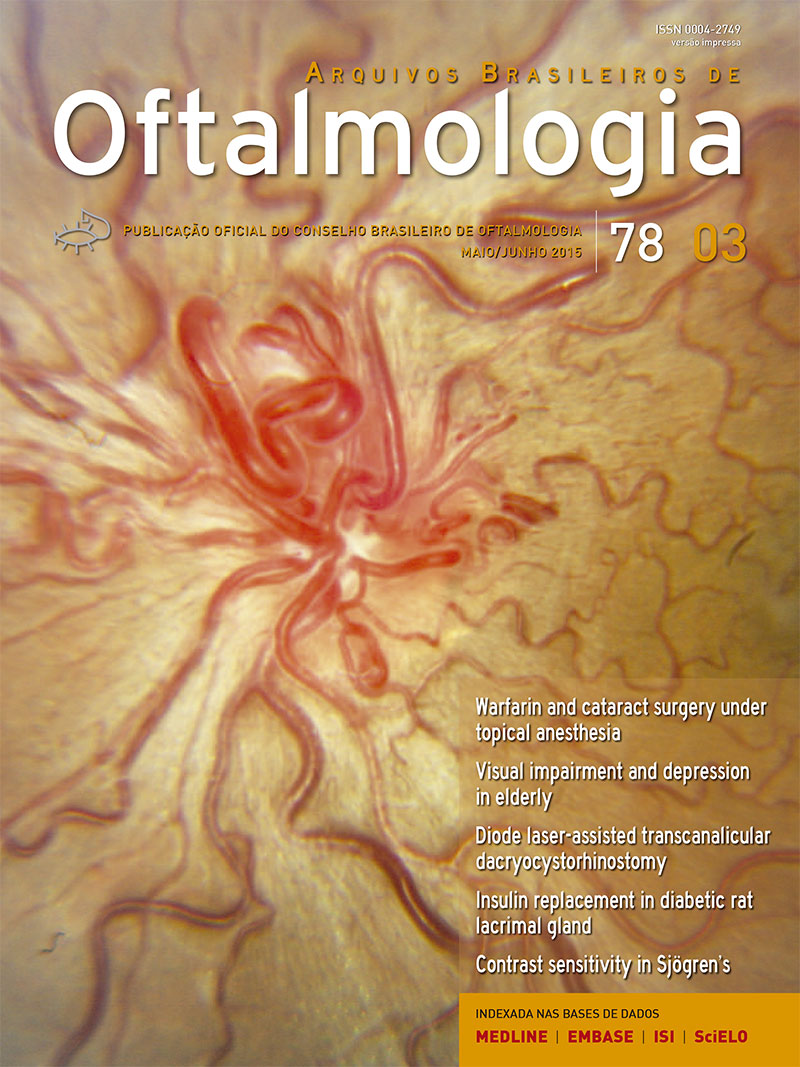Purpose: To investigate the frequency of visual loss (VL), possible predictive factors of VL, and improvement in patients with pseudotumor cerebri (PTC) syndrome. Methods: We reviewed 50 PTC patients (43 females, seven males) who underwent neuro-ophthalmic examination at the time of diagnosis and after treatment. Demographic data, body mass index (BMI), time from symptom onset to diagnosis (TD), maximum intracranial pressure (MIP), occurrence of cerebral venous thrombosis (CVT), and treatment modalities were reviewed. VL was graded as mild, moderate, or severe on the basis of visual acuity and fields. Predictive factors for VL and improvement were assessed by regression analysis. Results: The mean ± SD age, BMI, and MIP were 35.2 ± 12.7 years, 32.0 ± 7.5 kg/cm2, and 41.9 ± 14.5 cmH2O, respectively. Visual symptoms and CVT were present in 46 and eight patients, respectively. TD (in months) was <1 in 21, 1-6 in 15, and >6 in 14 patients. Patients received medical treatment with (n=20) or without (n=30) surgery. At presentation, VL was mild in 16, moderate in 12, and severe in 22 patients. Twenty-eight patients improved and five worsened. MIP, TD, and hypertension showed a significant correlation with severe VL. The best predictive factor for severe VL was TD >6 months (p=0.04; odds ratio, 5.18). TD between 1 and 6 months was the only factor significantly associated with visual improvement (p=0.042). Conclusions: VL is common in PTC, and when severe, it is associated with a delay in diagnosis. It is frequently permanent; however, improvement may occur, particularly when diagnosed within 6 months of symptom onset.
Keywords: Pseudotumor cerebri; Visual loss; Intracranial hypertension; Papilledema
